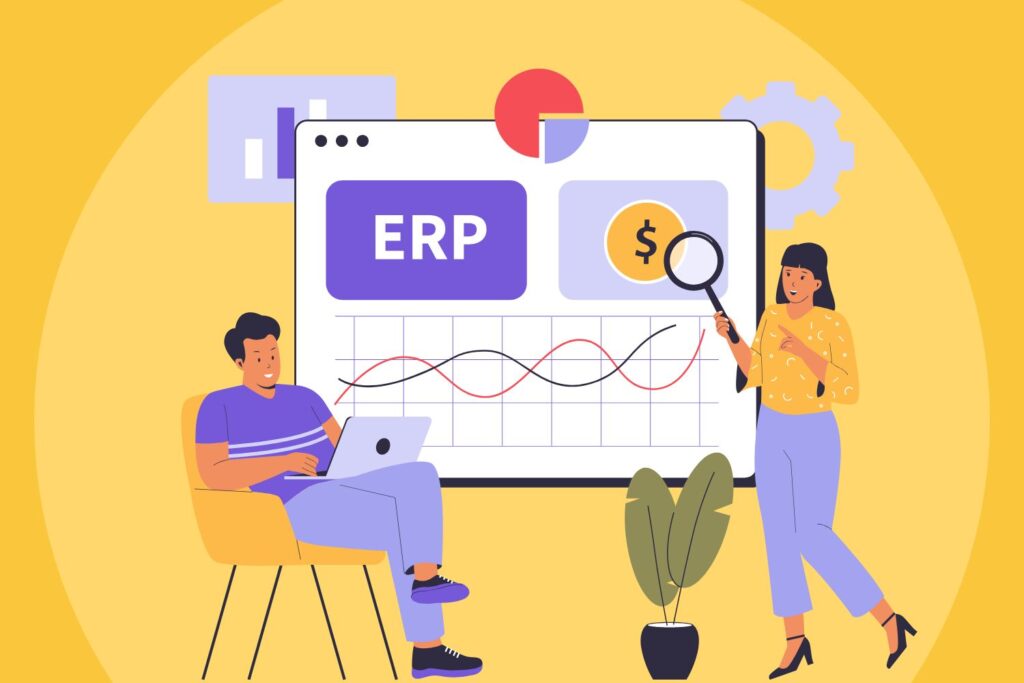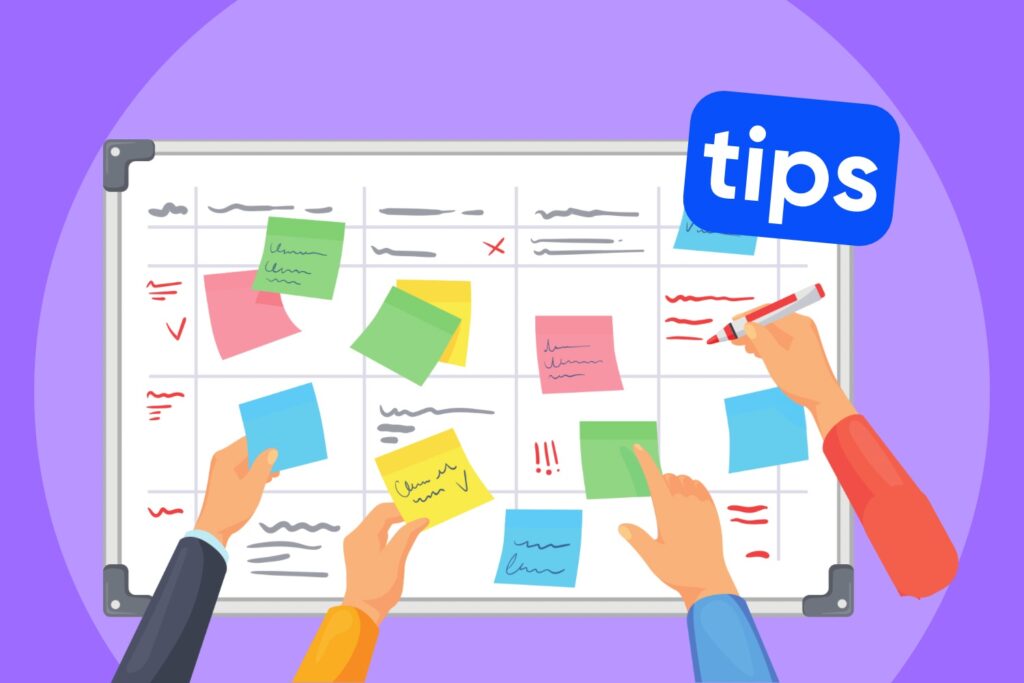How technology enhances collaboration between departments

Breaking Down the Walls
Every company knows the struggle—departments that feel like isolated islands. Communication gaps, misaligned priorities, and delays are all-too-common results. But what if you could tear down those walls? With tools like an ERP system for IT companies, achieving seamless collaboration isn’t just possible; it’s practical.
An ERP system serves as a bridge, connecting teams with shared access to real-time data. Developers, marketers, and HR professionals can stay aligned without the endless email chains or redundant updates. It’s like upgrading from a walkie-talkie to a modern smartphone—faster, clearer, better.
The Power of Unified Systems
Why is it so hard for teams to work together? Often, it comes down to disjointed systems. One team uses spreadsheets; another relies on outdated project management tools. The result? Confusion, inefficiency, and wasted effort.
By centralizing processes, ERP systems eliminate those inefficiencies. Here’s what a unified system offers:
- A single source of truth. Everyone works with the same up-to-date data.
- Simplified workflows. Tasks move smoothly between teams without bottlenecks.
- Fewer errors. Automation reduces mistakes caused by manual entry.
With these tools, businesses create an environment where collaboration happens naturally. For example, IT companies adopting ERP for marketers and marketing teams can connect their creative efforts with broader business goals, ensuring marketing aligns with operational needs.
Practical Tips for Better Collaboration
While technology plays a major role, fostering a collaborative culture starts with people. Here’s how you can take teamwork to the next level:
- Streamline communication. Use tools that centralize conversations, so no one’s left out of the loop.
- Promote shared goals. Align department objectives to encourage teamwork over competition.
- Leverage technology for transparency. Tools like ERP make workflows visible, eliminating guesswork.
By combining technology with these strategies, companies can break down silos, empower their teams, and create an environment where collaboration thrives.
Tracking Progress Made Easy
Collaboration isn’t just about getting tasks done; it’s about tracking success. That’s where ERP employee tracking in IT companies shines. Managers can monitor productivity, identify bottlenecks, and support teams in real time.
For example, an HR department can use ERP to track hiring progress while coordinating with finance to manage payroll budgets. This integration ensures everyone is working from the same playbook, keeping projects on time and within budget.
Why Wait?
Interdepartmental collaboration can feel like a puzzle, but ERP systems make it manageable. By integrating data, automating workflows, and encouraging teamwork, businesses unlock higher efficiency and better results. If your teams feel disconnected, it’s time to rethink your approach. The tools to bring them together are here—and they’re worth every penny.





